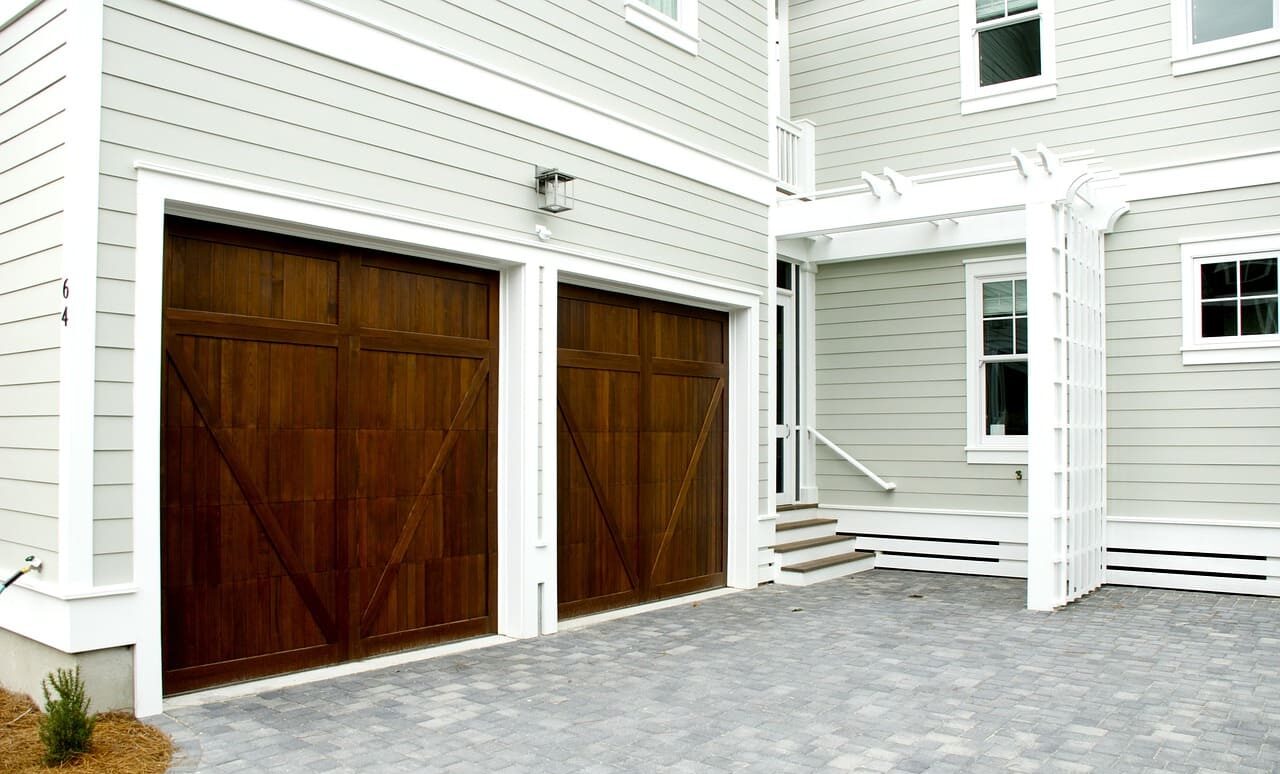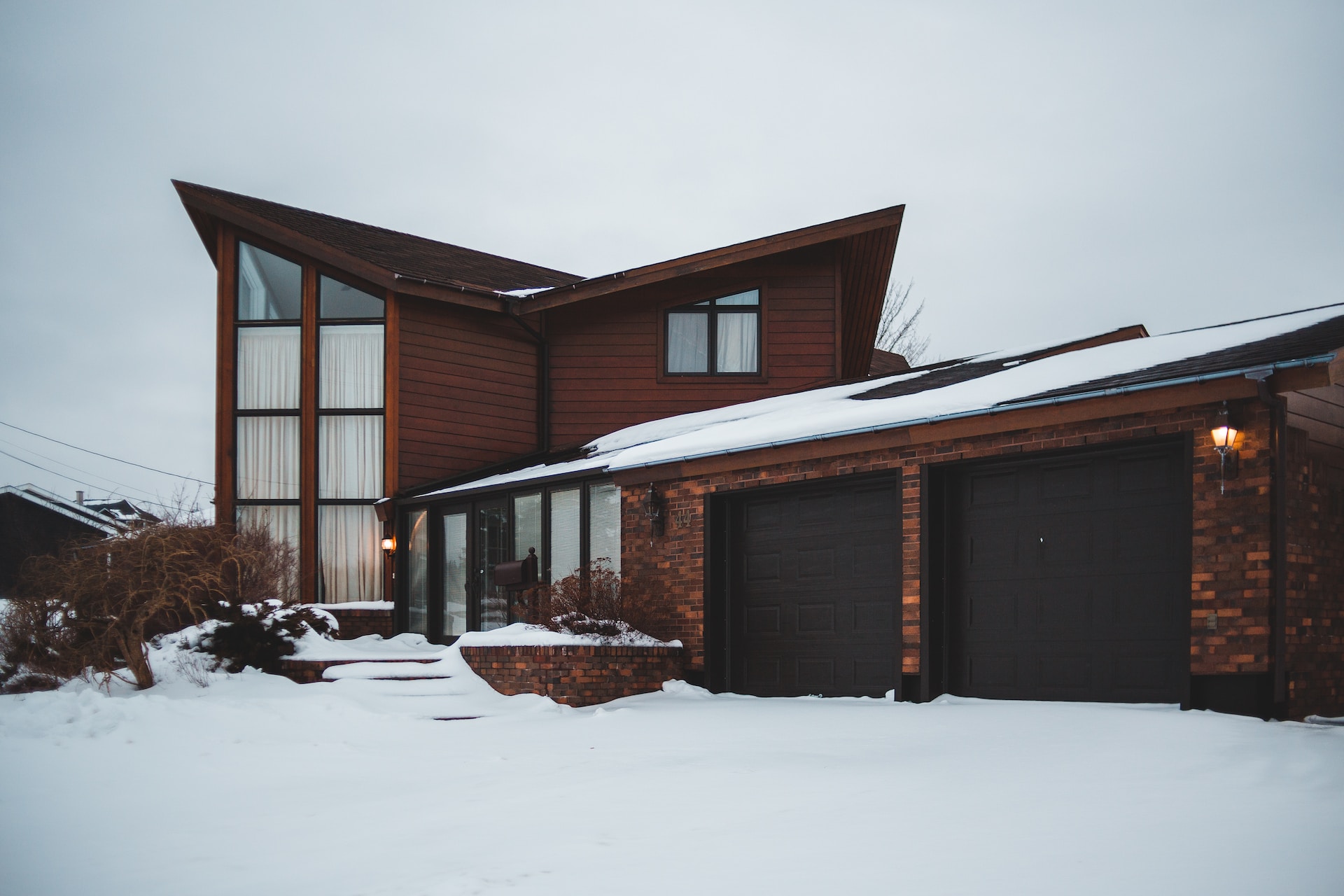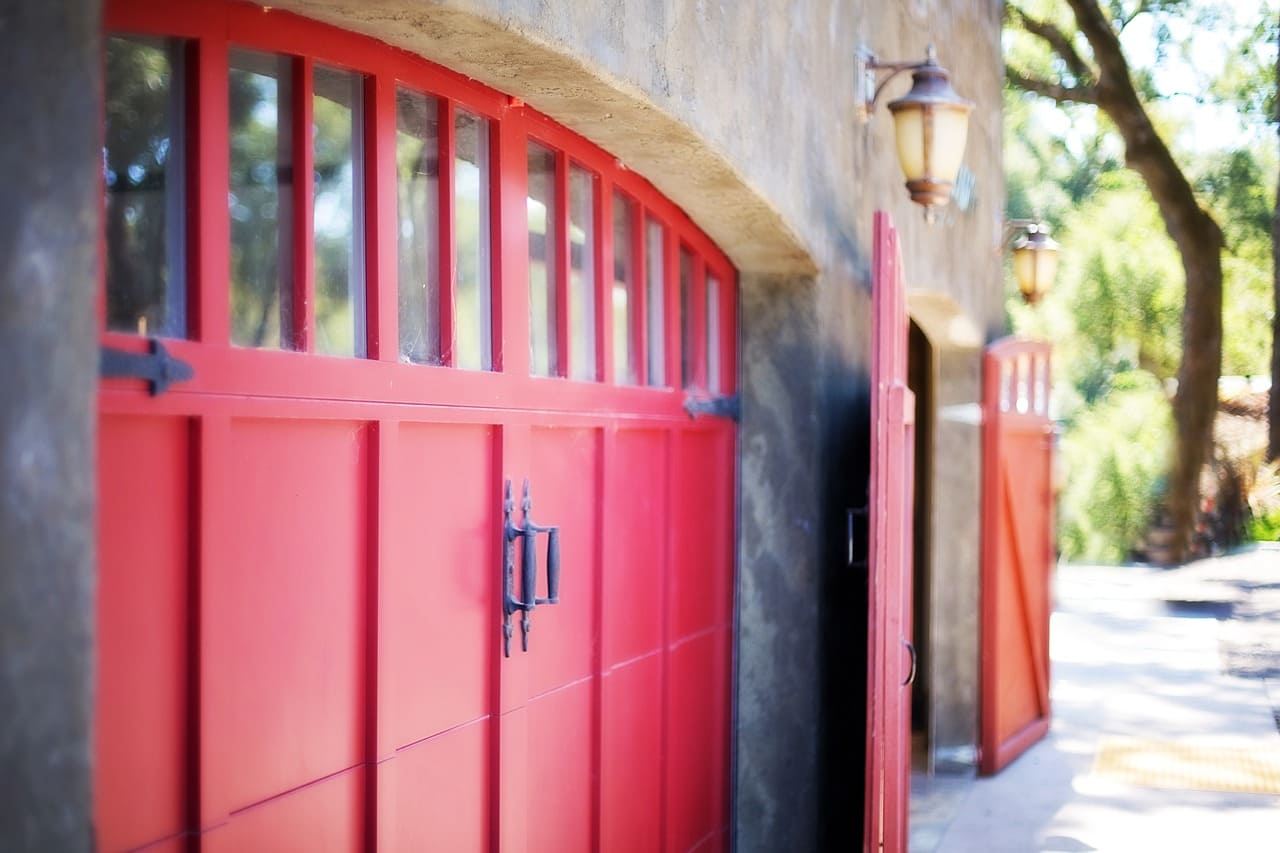When it comes to enhancing the curb appeal of your home, few elements play as crucial a role as your garage door. It’s not just a functional feature but also a significant aesthetic component that can transform the overall look of your property. Garage door styles can broadly be categorized into two main categories: modern and traditional. Each style has its unique characteristics, and choosing the right one can make a substantial difference in the appearance and functionality of your home. In this article, we’ll explore the distinctions between modern and traditional garage door styles to help you make an informed decision for your next upgrade.
Modern Garage Doors
- Sleek Minimalism: Modern style garage doors are characterized by their sleek and minimalist designs. These doors typically feature clean lines, smooth surfaces, and a focus on simplicity. They often use materials like glass, aluminum, and steel to create a contemporary look that complements modern architectural styles.
- Glass Panels: Glass panels are a common feature in modern garage doors. They allow natural light to enter the garage while maintaining a sense of transparency and openness. Frosted or tinted glass options provide privacy without sacrificing aesthetics.
- Contemporary Materials: Modern garage doors are often constructed from materials such as aluminum and steel. These materials are known for their durability, low maintenance requirements, and resistance to rust and corrosion. They can be customized with various finishes and colors to match your home’s exterior.
- Cutting-Edge Technology: Many modern style garage doors come equipped with advanced technology, including smart openers and integrated security systems. These features offer convenience and peace of mind, allowing you to control and monitor your garage door remotely via smartphone apps.
Traditional Garage Doors
- Timeless Charm: Traditional style garage doors evoke a sense of timeless charm and classic elegance. They are characterized by their intricate detailing, raised panels, and decorative hardware. These doors are often associated with colonial, Victorian, and other historical architectural styles.
- Wood Construction: Wood is the hallmark material for traditional garage doors. It offers a warm and inviting appearance that can be stained or painted to match the exterior of your home. Wood doors can be customized with various wood species and finishes to achieve the desired look.
- Classic Hardware: Traditional garage doors often feature decorative hardware, such as handles, hinges, and faux strap hinges. These details add character and authenticity to the overall design, giving the door a vintage appeal.
- Time-Tested Reliability: While garage doors in traditional style may require more maintenance compared to their modern counterparts, they have a reputation for durability and longevity. With proper care, a well-built wooden door can withstand the test of time.
Choosing the Right Style for Your Home
Ultimately, the choice between a modern or traditional garage door style will depend on your personal preferences and the architectural design of your home. Consider the following factors when making your decision:
- Architectural Style: Match the garage door style to the overall architecture of your home for a cohesive look.
- Budget: Modern garage doors may be more budget-friendly due to their materials and lower maintenance requirements, while traditional wooden doors can be more costly.
- Maintenance: Assess how much time and effort you’re willing to invest in maintaining your garage door.
- Personal Aesthetic: Choose a style that resonates with your personal taste and complements your home’s exterior.
Conclusion
Whether you opt for the clean lines and modern aesthetics of a contemporary garage door or the timeless charm of a traditional wooden door, your choice will significantly impact the overall appearance of your home. Take your time to consider the factors mentioned above and explore various options to find the garage door style that best suits your needs and enhances the beauty of your property. Remember that your garage door is not just a functional element; it’s also an opportunity to make a lasting impression on visitors and passersby.








